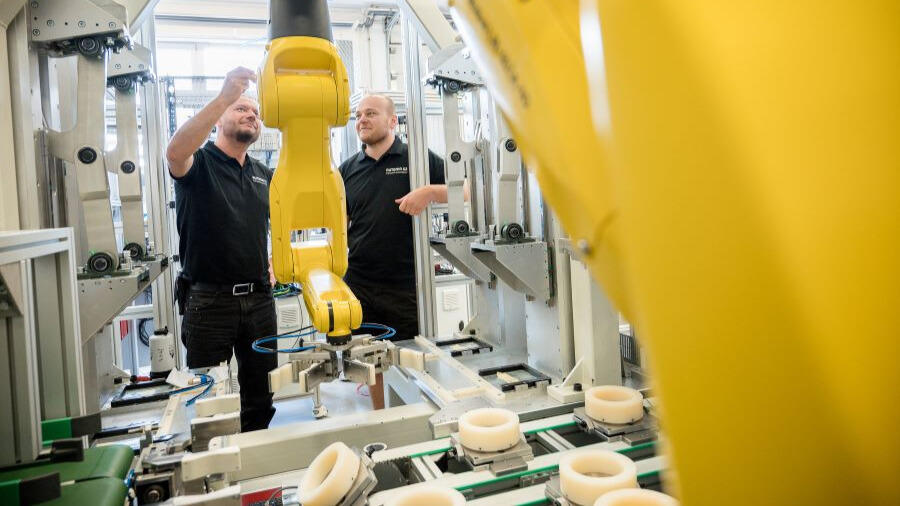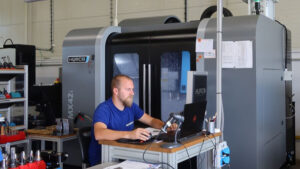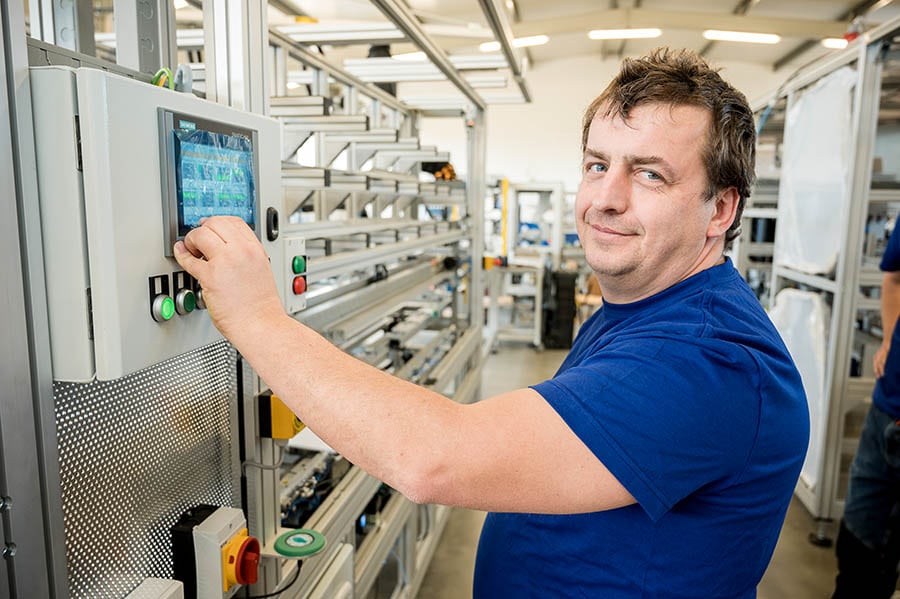Machine retrofitting is updating and upgrading existing manufacturing machinery and equipment to improve performance, efficiency, and productivity. The goal of machine retrofitting is to extend the useful life of the equipment, improve its performance, and reduce downtime and maintenance costs.
Upgrading the control system: The control system is the machine’s brain, which can improve accuracy, speed, and efficiency. Modern control systems can include predictive maintenance, data analytics, and remote monitoring.
Replacing outdated components: Components such as motors, sensors, and actuators can wear out or become outdated, affecting the machine’s performance. Retrofitting can involve replacing these components with newer, more efficient ones to improve performance and reduce downtime.
Adding automation: Automation involves using robotics and other technologies to automate tasks previously performed manually. Retrofitting can involve adding automation to the machine to improve efficiency, speed, and accuracy.
Upgrading safety features: Safety features such as guards, sensors, and interlocks are essential for protecting workers and preventing accidents. Retrofitting can involve upgrading these safety features to meet the latest standards and regulations.




